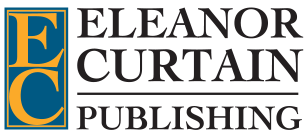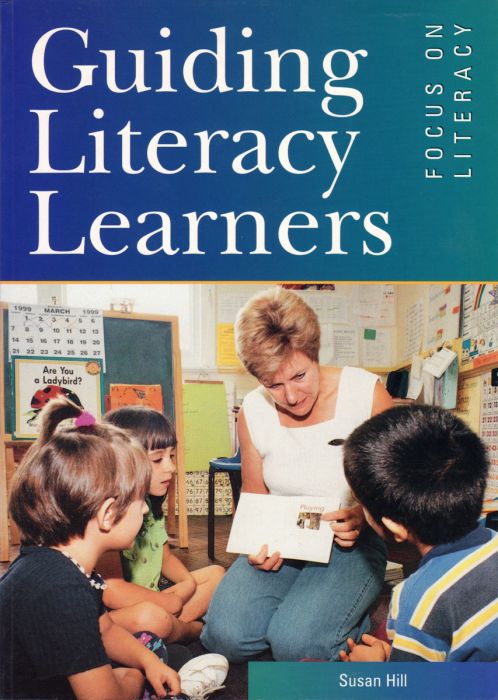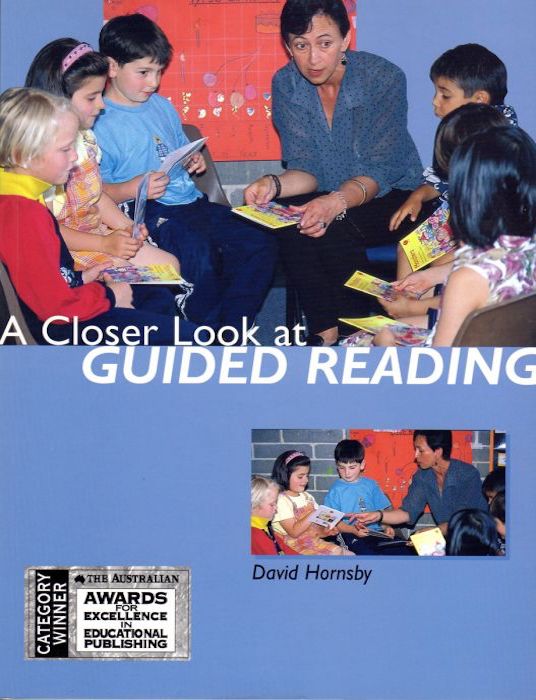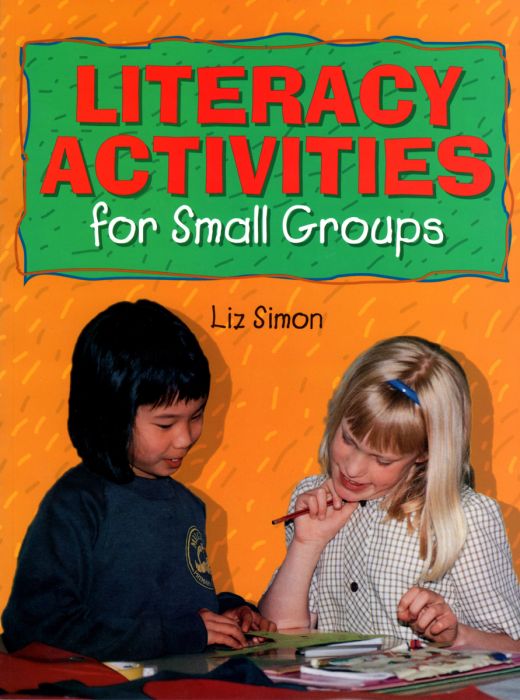In Guiding Literacy Learners, Susan Hill discusses different approaches to guiding literacy development and offers procedures for selecting texts and preparing the student for the text. She emphasises the importance of talking through the book before the student starts to read the book. Topics such as modelling, coaching, scaffolding and talking are outlined, and there are many practical and varied suggestions for activities.
In A Closer Look at Guided Reading David Hornsby describes clearly and succinctly what guided reading involves, and gives practical and authoritative advice on how to incorporate guided reading into a literacy program. In a guided reading session, the teacher helps students to use strategies they already know to enable them to read an unfamiliar text.
In Phonics, Susan Hill provides a clear theoretical background to the principles of phonics teaching, and shows how this can be applied in a constructive and relevant way in the classroom. The book discusses the alphabetic principle and phonological awareness, and looks at the different approaches to teaching phonics. It includes practical ideas for phonics instruction such as using everyday print and jingles, raps and rhymes.
Literacy Activities for Small Groups is an invaluable resource for teachers who want to manage a differentiated literacy program. Managing a reading program where you work directly with small groups – as in guided reading – is challenging. You need reading practices that allow you to work without interruption with one group, while the rest of the class is involved in relevant and carefully selected activities in literacy learning centres.
Readers Theatre presents a simple, informal and motivating way to involve students in the study of literature through group storytelling, shared reading, improvisation and performance of a favourite story.










